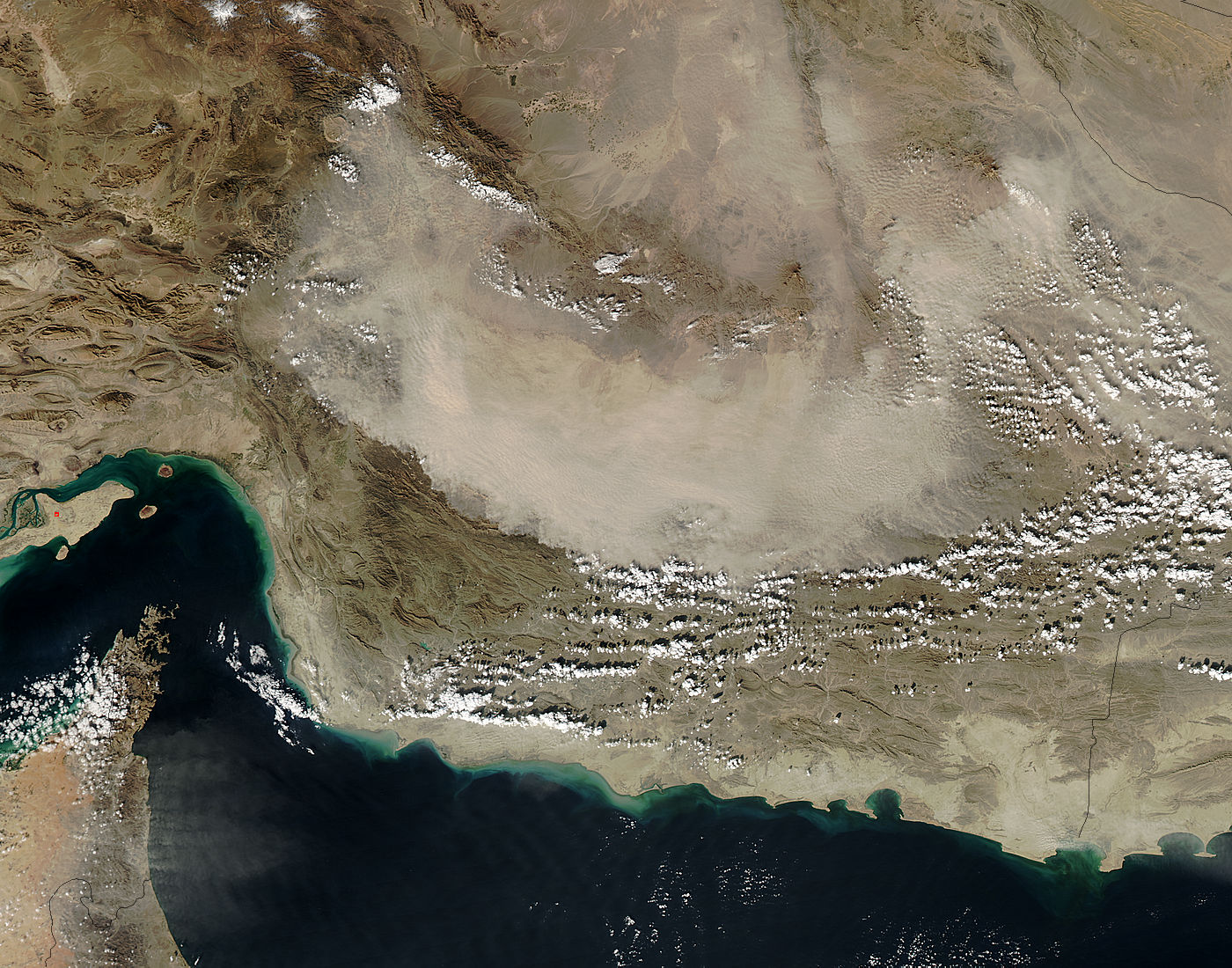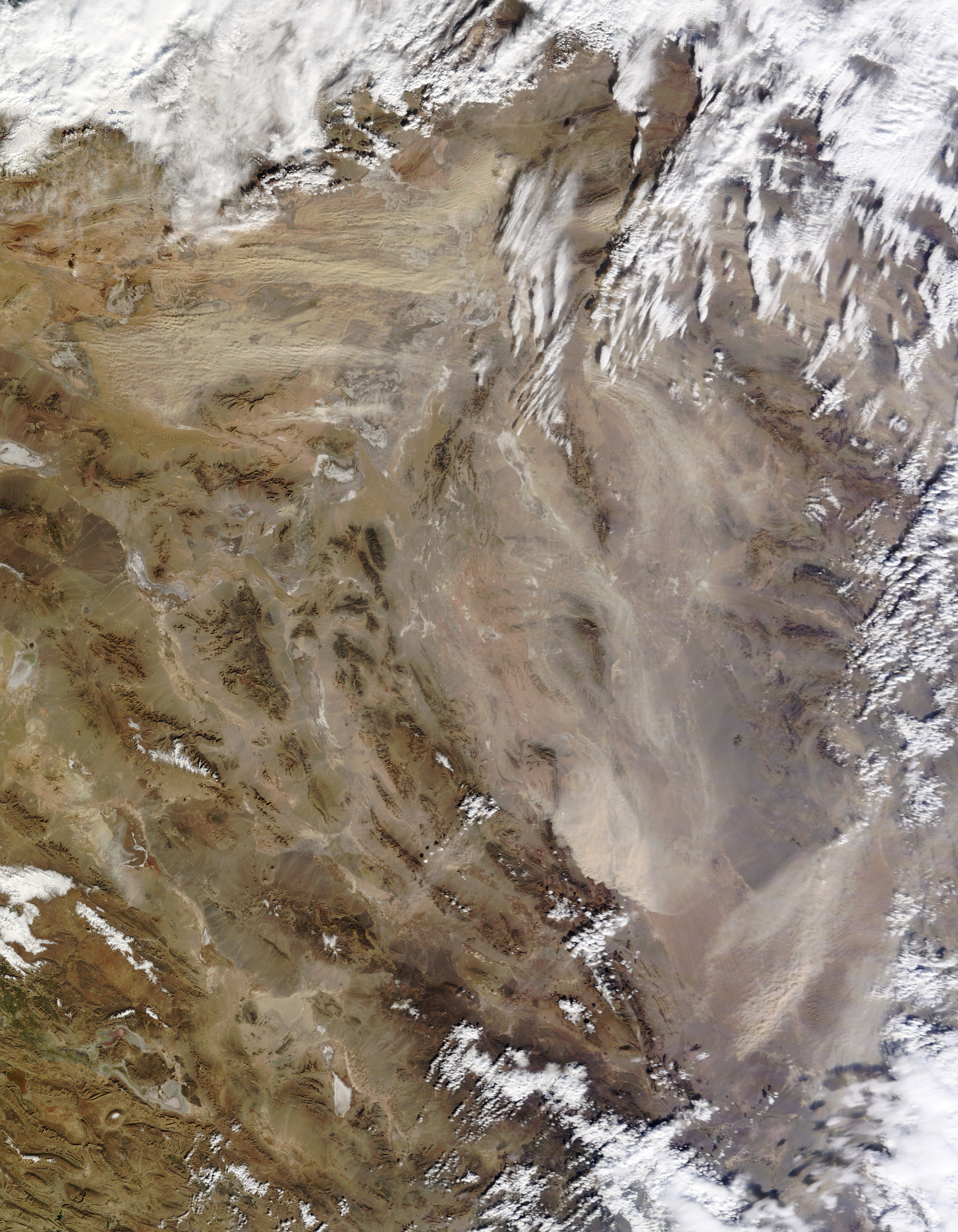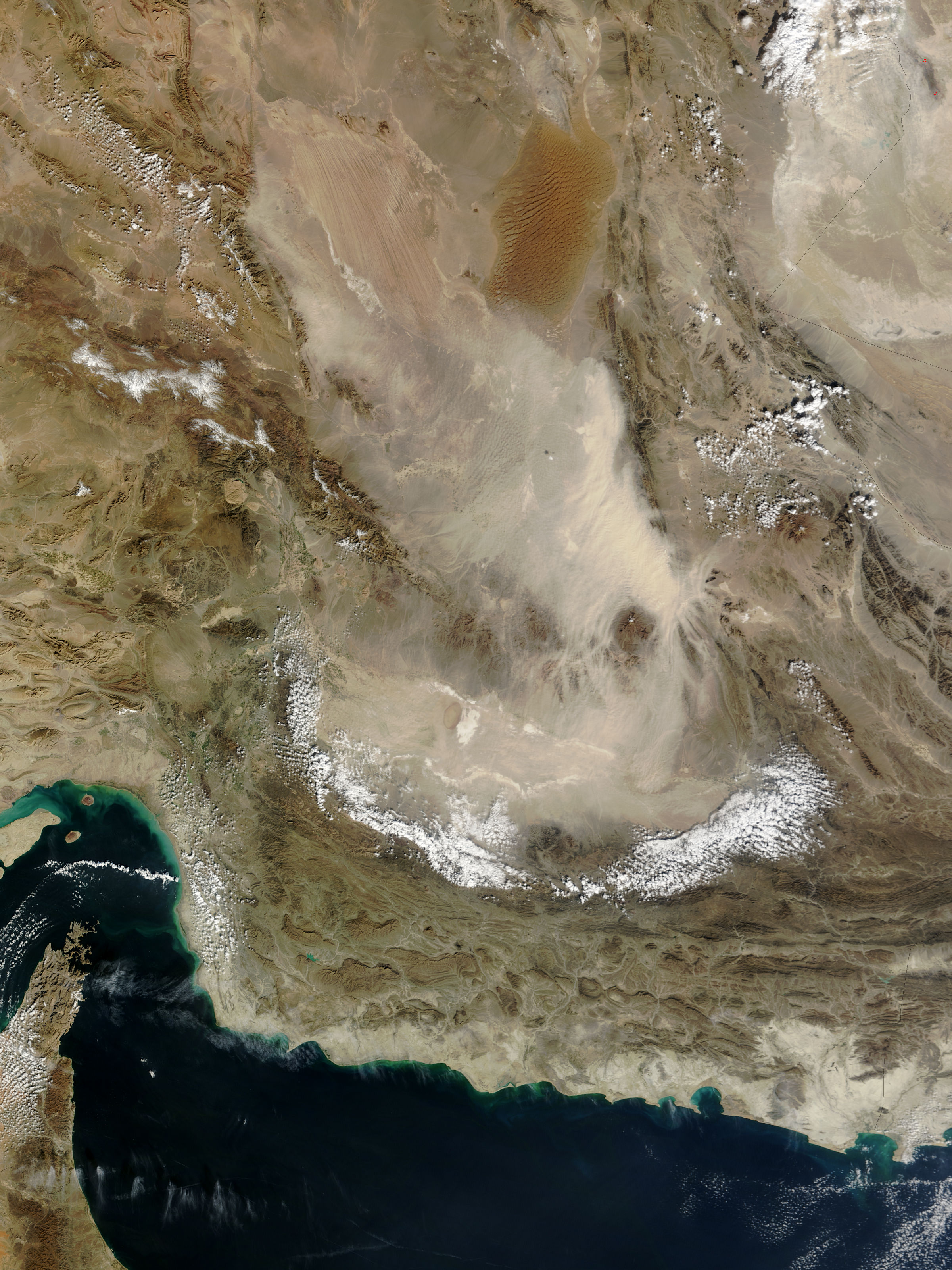Iran's Dust Storms: A Growing Environmental & Health Crisis
Iran, a nation steeped in ancient history and rich culture, is increasingly grappling with a formidable environmental challenge: the escalating frequency and intensity of dust storms. These aren't just minor inconveniences; they are powerful natural phenomena that sweep across vast landscapes, bringing with them a myriad of severe environmental, economic, and profound health challenges for millions. Understanding the complex nature of these atmospheric disturbances is crucial for comprehending their far-reaching impact on the lives of Iranian citizens and the broader Middle Eastern region.
From the bustling streets of Tehran to the oil-rich plains of Khuzestan, the pervasive threat of sand and dust storms (SDS) casts a long shadow. These events, defined by the World Meteorological Organization (WMO) as phenomena where strong winds lift sand and dust from dry soils into the atmosphere, transporting particles over vast distances, are becoming a grim reality for many. This article delves into the heart of Iran's dust storm crisis, exploring its origins, devastating impacts, and the ongoing efforts to mitigate its effects, offering a comprehensive overview supported by data and expert insights.
Table of Contents
- The Unseen Threat: Understanding Dust Storms in Iran
- A Chronicle of Chaos: Major Dust Storm Events in Iran
- The Dual Origin: Internal and Transboundary Dust Sources
- Health in the Haze: Respiratory and Pollution Risks
- Economic Fallout: Disruption and Damage
- Classifying the Calamity: Types and Intensities of Dust Events
- The Broader Picture: Regional and Global Implications
- Paving the Way Forward: Research and Resilience
The Unseen Threat: Understanding Dust Storms in Iran
Iran, situated in a region characterized by extensive arid areas, experiences an exceptionally high record of dust events each year. These aren't merely localized phenomena; they are complex atmospheric processes driven by specific meteorological conditions that lift vast quantities of fine soil particles into the atmosphere. The World Meteorological Organization (WMO) defines a sand and dust storm (SDS) as a phenomenon where strong winds lift sand and dust from dry soils into the atmosphere, transporting particles over vast distances, as highlighted by the UNDP Iran Sand and Dust Storms Factsheet of May 26, 2025. This definition underscores the scale and reach of these events, which can blanket entire regions, significantly reducing visibility and impacting air quality. The presence of these pervasive dust storms in Iran poses significant environmental, economic, and health challenges that demand urgent attention and comprehensive solutions. The very air that millions breathe becomes laden with microscopic particles, turning once clear skies into a hazy, ochre-tinted nightmare.A Chronicle of Chaos: Major Dust Storm Events in Iran
The history of dust storms in Iran is punctuated by numerous severe events, each leaving a lasting impact on communities and infrastructure. These incidents serve as stark reminders of the vulnerability of the region to these powerful natural forces. While dust events are a recurring feature of the Iranian landscape, their increasing intensity and frequency, coupled with their devastating consequences, have brought them to the forefront of national concerns. From sudden, violent haboobs to prolonged periods of reduced visibility, the country has witnessed a spectrum of dust-related calamities.The Tehran Haboob of 2014
One particularly memorable and devastating event occurred on June 2, 2014, when a haboob dust storm hit Tehran, Iran’s capital city, during the afternoon rush hour. Such events are rare in Tehran, making this incident all the more shocking. This storm entailed wind speeds exceeding 30 meters per second (>30 ms−1), creating a wall of dust that engulfed the city. The consequences were tragic: 5 people were killed, and 82 others sustained injuries. Beyond the human toll, the storm also resulted in severe damage to property across the sprawling metropolis (Fatemi et al., 2015). The suddenness and ferocity of this particular dust storm in Iran highlighted the immediate dangers posed by these extreme weather phenomena, even in areas where they are not typically expected to occur with such intensity.Western Iran Under Siege: The 2025 Crisis
More recently, on April 16, 2025, a severe dust storm swept across western Iran, effectively paralyzing life in several provinces. The impact was widespread, with Khuzestan, Kermanshah, Lorestan, Bushehr, Ilam, and Zanjan provinces being either partially or fully shut down due to unprecedented levels of air pollution. This event forced Iranian authorities to order schools and offices closed in seven western provinces, with around 13 million people advised to stay indoors as the dust storm swept in from neighboring Iraq. State television cited local officials who attributed these closures to dangerously high levels of accumulated dust, as reported by AFP. This incident underscores the increasing frequency and severity of such events, demonstrating how a dust storm in Iran can bring daily life to a standstill across multiple regions. Furthermore, a spokesperson for the emergency services also told Tasnim news agency on Tuesday that nine people had died as a result of storms in Iran over the past seven days, ending on Monday, indicating a broader pattern of severe weather impacts. Historically, Iran has also experienced prolonged events, such as the longest continuous dust storm on record (114 hours), observed in July 2001 in Zabol of the Sistan region (Groll et al., 2013).The Dual Origin: Internal and Transboundary Dust Sources
The dust storms plaguing Iran are not monolithic in their origin; they stem from a combination of internal and external sources, making the challenge of mitigation multifaceted. Iran faces significant environmental, economic, and health challenges from SDS, which originate from both these internal and external factors. This dual origin complicates efforts to predict, prevent, and manage these events, requiring both domestic land management strategies and international cooperation. Internal dust hotspots span over 5 million hectares across 23 provinces within Iran itself. These areas, often degraded lands or dried-up wetlands, become prime sources for dust when strong winds sweep across them. Factors such as drought, unsustainable land use practices, and the drying of lakes and rivers contribute to the expansion of these internal dust-generating zones. When a dust storm hits Iran, it's often partly fueled by these very domestic conditions. However, a significant portion of the dust affecting Iran, particularly its western regions, originates from external sources. These primarily affect Iran through transboundary movements from neighboring countries. Iraq, in particular, is frequently cited as a major contributor to these cross-border dust plumes. Iranian authorities frequently order closures in western provinces when a dust storm sweeps in from neighboring Iraq, underscoring the transboundary nature of the problem. Dust plumes have been observed blowing eastward, many of them arising from discrete source points in adjacent territories. This highlights the need for regional collaboration and shared strategies to address the root causes of desertification and land degradation beyond Iran's borders.Health in the Haze: Respiratory and Pollution Risks
The most immediate and alarming impact of dust storms is on public health, particularly respiratory systems. When a dust storm in Iran blankets a city, the air becomes thick with particulate matter, posing severe risks to human health. These microscopic particles, often invisible to the naked eye, can penetrate deep into the lungs, exacerbating existing conditions and triggering new health issues. On Monday, Iran's IRNA state news agency reported that more than 240 people in Khuzestan province alone had been treated for respiratory issues because of the dust. This alarming figure is a recurring theme during periods of heavy dust concentration, demonstrating the direct and immediate health burden placed on the healthcare system and the population. The elderly, children, and individuals with pre-existing respiratory conditions like asthma or bronchitis are particularly vulnerable, often requiring emergency medical attention. The long-term exposure to high levels of airborne dust can also lead to chronic respiratory diseases and other systemic health problems, making it a critical public health concern.The Invisible Invader: Heavy Metal Contamination
Beyond the visible dust, there's an invisible threat: the presence of heavy metals and other toxic substances carried within the dust particles. Studies have begun to shed light on this insidious danger. Shirani, M., & Strezov, V. (2023), for instance, conducted research on heavy metal pollution levels and health risk assessment of dust storms in the Jazmurian region of Iran. Their findings underscore that these dust storms are not just carrying inert soil particles but also potentially hazardous contaminants that can settle in residential areas, agricultural lands, and water bodies. The presence of heavy metals like lead, cadmium, and arsenic in dust can have severe long-term health consequences, including neurological damage, kidney failure, and various cancers, upon prolonged exposure. Furthermore, the data suggests that saline and alkaline dust storms have become more active (Groll et al., 2013), which can introduce different chemical compositions into the air, potentially altering the health risks associated with exposure. This adds another layer of complexity to the health crisis, transforming a seemingly natural phenomenon into a vector for environmental pollution with dire implications for public well-being.Economic Fallout: Disruption and Damage
The economic repercussions of dust storms in Iran are substantial and far-reaching, impacting various sectors from transportation to daily commerce. The immediate and visible effects include widespread disruptions to daily life and significant property damage, leading to considerable financial losses for individuals and the state. When a severe dust storm hits, authorities often have no choice but to implement drastic measures to protect public safety. For example, Iranian authorities frequently order schools and offices closed in affected provinces. As seen with the recent storm sweeping in from neighboring Iraq, around 13 million people in seven western provinces were told to stay indoors, effectively halting economic activity in those regions for days. Such closures lead to lost productivity, reduced consumer spending, and significant strain on businesses. Beyond closures, transportation networks are severely impacted. Poor visibility, often dropping to below 1 kilometer during severe events, leads to the cancellation of flights and disruptions to road and rail transport. A sand and dust storm that hit southwestern Iran on a recent Sunday, for instance, resulted in the cancellation of flights due to poor visibility, as reported by state media. This not only causes inconvenience for travelers but also disrupts supply chains and trade, affecting industries reliant on timely logistics. Furthermore, the physical damage to property, infrastructure, and agricultural lands from high winds and abrasive dust particles adds to the economic burden, requiring costly repairs and rehabilitation efforts.Classifying the Calamity: Types and Intensities of Dust Events
To effectively address the challenge of dust storms, it is crucial to understand their characteristics and classifications. This study provides a comprehensive evaluation of dust events over Iran, using synoptic data from 286 meteorological stations. This extensive data collection allows for a detailed analysis of the different types of dust phenomena and their varying intensities, providing a clearer picture of the threat posed by a dust storm in Iran. Dust events are typically classified according to synoptic dust codes as suspended dust and others, including blowing dust and full-fledged dust storms. This classification helps differentiate between less severe events where dust is merely suspended in the air, causing haze, and more intense events where strong winds actively lift and transport large quantities of dust, severely impacting visibility. Furthermore, these events are categorized based on their intensity, specifically by horizontal visibility. Categories include visibility less than or equal to 1, 3, 5, and 10 kilometers. Severe events are those where visibility drops to 1 kilometer or less (visibility ≤ 1 km), often associated with suspended dust (code 06). Interestingly, while relatively severe dust storms are dominant in eastern Iran, dust in suspension is the predominant dust phenomenon in western Iran. This geographical variation in dust event types suggests different underlying causes and requires tailored mitigation strategies for each region. Understanding these classifications is vital for meteorologists and policymakers to issue accurate warnings and implement appropriate response measures.The Broader Picture: Regional and Global Implications
The issue of dust storms in Iran is not an isolated phenomenon; it is part of a larger regional and even global environmental challenge. Middle Eastern countries, due to their extended arid areas, suffer significantly from dust events. The geographical proximity and shared meteorological patterns mean that a dust storm originating in one country can quickly sweep across borders, affecting multiple nations. As highlighted by the data, when a dust storm sweeps in from neighboring Iraq, it doesn't just impact Iran. The storm affected regional countries like Kuwait, Saudi Arabia, and Qatar, demonstrating the transboundary nature of these environmental hazards. This interconnectedness underscores the need for regional cooperation and shared strategies to combat desertification and land degradation, which are root causes of these storms. The economic and health impacts ripple across national boundaries, affecting trade, air travel, and public health throughout the Persian Gulf region. Addressing the issue of dust storms requires a concerted effort from all affected nations, recognizing that environmental challenges do not respect political borders. The scale of these events means that individual national efforts, while important, may not be sufficient without broader regional collaboration.Paving the Way Forward: Research and Resilience
Addressing the complex challenge of dust storms in Iran requires a multi-pronged approach that combines robust scientific research with practical, resilient strategies. While there are previous studies of the present situations of dust storm occurrences in Iran, most studies have analyzed the meteorological dataset in limited weather stations and areas in Iran. This highlights a significant gap in comprehensive data and analysis, which is crucial for developing effective mitigation and adaptation measures. A comprehensive evaluation of dust events, utilizing extensive synoptic data from a wide network of meteorological stations, is essential. Such research can provide deeper insights into the sources, pathways, and characteristics of dust storms, enabling more accurate forecasting and early warning systems. Furthermore, understanding the specific composition of dust, including heavy metal content, is vital for assessing health risks and developing targeted public health interventions. The UNDP Iran Sand and Dust Storms Factsheet (May 26, 2025) emphasizes the importance of a holistic approach to SDS management, encompassing early warning systems, impact mitigation, and long-term prevention strategies.Bridging the Knowledge Gap
To bridge the existing knowledge gap, future research should focus on expanding the geographical scope of meteorological data analysis and incorporating advanced modeling techniques. This would allow for a more nuanced understanding of regional variations in dust phenomena, such as the dominance of severe dust storms in eastern Iran versus suspended dust in western Iran. Moreover, studies on the effectiveness of land management practices, such as afforestation, wetland restoration, and sustainable agriculture, in reducing internal dust sources are critical. International collaboration, particularly with neighboring countries that serve as external dust sources, is also paramount for developing regional strategies for land restoration and early warning systems. By investing in comprehensive research and fostering regional partnerships, Iran can build greater resilience against the increasing threat of dust storms, safeguarding its environment, economy, and the health of its people.Conclusion
The escalating frequency and intensity of dust storms in Iran represent a formidable and multifaceted challenge, impacting everything from public health and daily life to the national economy and regional stability. From the devastating haboob that struck Tehran in 2014 to the widespread paralysis caused by the 2025 Western Iran dust storm, the evidence is clear: these are not isolated incidents but a growing crisis. The dual origins of these storms, stemming from both internal land degradation and transboundary movements, underscore the complexity of the problem and the urgent need for comprehensive solutions. The human cost, particularly the severe respiratory issues and the insidious threat of heavy metal contamination, highlights the critical public health dimension of this crisis. Economically, the closures, flight cancellations, and property damage inflict significant financial burdens. While Iran has made strides in understanding and classifying these events, the existing research often has limitations, emphasizing the need for broader, more detailed studies and enhanced regional cooperation. Addressing this challenge requires sustained investment in scientific research, robust early warning systems, and proactive land management strategies. It also necessitates strong international collaboration with neighboring countries to tackle transboundary dust sources. By prioritizing these efforts, Iran can work towards mitigating the devastating impacts of dust storms, safeguarding its environment, bolstering its economy, and protecting the well-being of its 80 million citizens. Have you experienced a dust storm in Iran or witnessed its effects firsthand? Share your thoughts and experiences in the comments below. Your insights help shed light on the real-world impact of this critical environmental issue. For more in-depth analyses of environmental challenges in the Middle East, explore our other articles on climate change and desertification.- When Did Jennifer And Brad Divorce
- Arikystsya Leaked
- Terry Leslie Mcqueen
- Sean Lennon Young
- Vegasfooo

Dust storm in Iran

Dust Storm in Iran

Dust storm in Iran